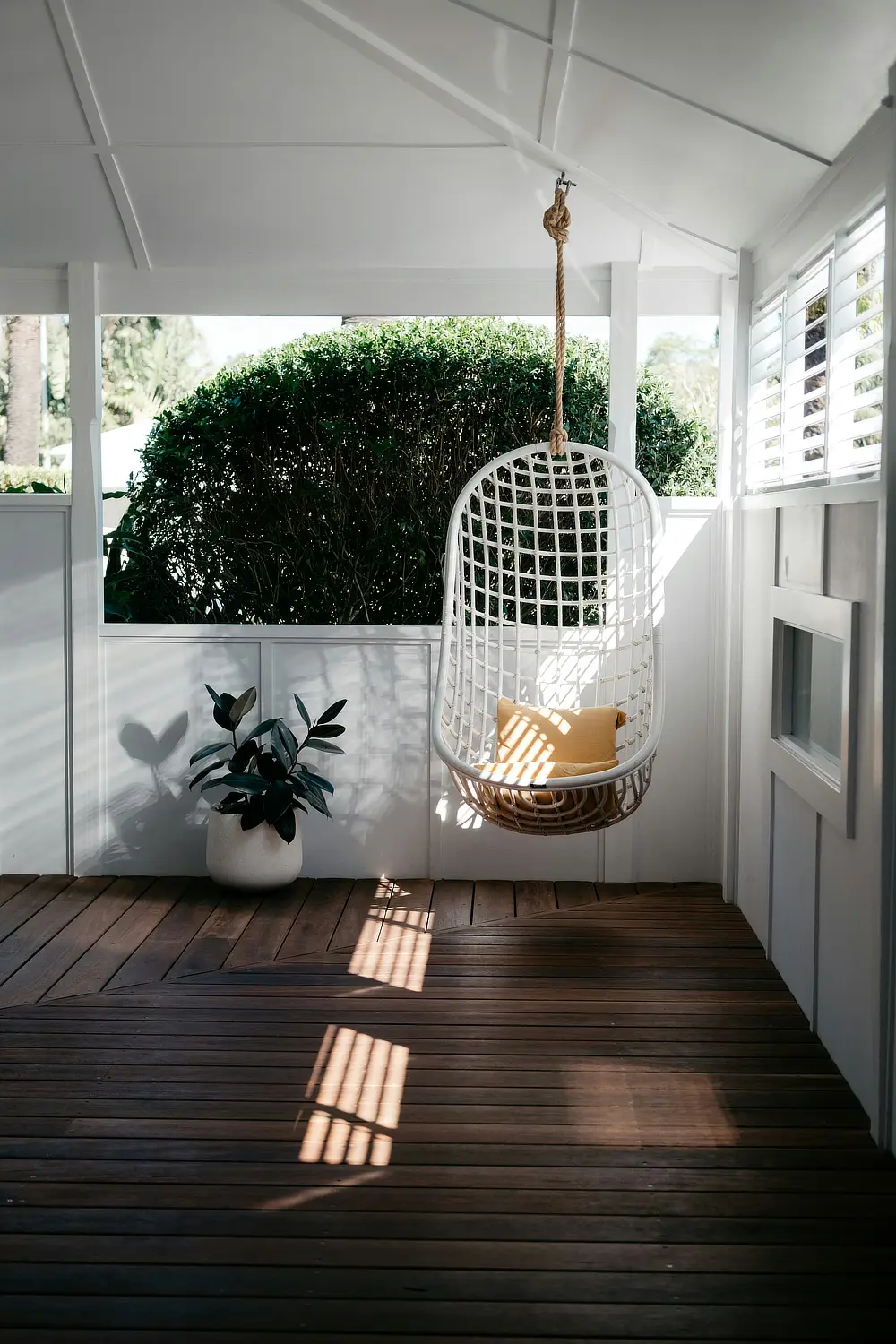The great Aussie deck is a wonderful thing, a space to meet and entertain, chew the fat, and solve all the problems the world may be throwing at you. The great Aussie deck has changed a little with the introduction of composite decking – but is it all it’s cracked up to be, here are the pros and cons of each.
Composite decking’s big selling point is the lack of maintenance, it doesn’t need staining, sealing, sanding and as such you save time and effort not only when installing it but ongoing too. It’s also highly durable and resistant to rot, insects and decay, due to this you can use in places, such as in close proximity to the ground or in harsh weather conditions, where timber would simply rot away.
Composite decking also provides a consistent appearance with uniform colour and texture, giving a sleek, modern aesthetic that would work well in a contemporary space. This modern aesthetic is also resistant to fading, staining, and discoloration, maintaining its appearance over time.
If you do a bit of research certain brands are also eco- friendly using manufacturing methods made from recycled plastics and wood fibres, promoting sustainability and reducing the demand for virgin materials.
It’s not all peaches and cream though with the composites they often have a higher upfront cost compared to natural timber, the cost per each board is higher as well as the framing often needing to be bulked up underneath sending the project value skywards.
Although resistant to rot composite boards can ding and dent quite easily, not too dissimilar to timber however you can’t sand them back to mask these dents so once damaged your stuck with the look. If you go for a more cost-effective board, you might only have a veneer too, so starches can become very apparent.
You either love the look of composite boards or hate it – I personally hate the ones that try to replicate timber, they haven’t got there yet and it makes the whole deck look sub-par. I do however love the look of the more contemporary boards, once that are unashamedly not timber, I think they can lift a modern landscape.
The biggest drawback of composite decking is the heat retention as it can get a lot hotter in direct sunlight compared to natural timber, potentially making it uncomfortable to walk on barefoot. The location and aspect of your decking will play a big role in if this is a deal breaker for you.
Taking a closer look at natural timber and the first thing you notice is it has a classic, warm, and authentic look that many homeowners find appealing. Its natural beauty and grain can really enhance the overall aesthetic of an outdoor space in various styles of garden. It is also versatile as it comes in different formats and can easily be worked to suits almost any shape or dimension.
Unlike composite timber tends to stay cooler in direct sunlight compared to composite decking, making it more comfortable to walk on during hot weather but if in a shaded aspect this may become a slip hazard.
Timber decking is also highly environmentally friendly when sourced from responsibly managed forests. Sustainable harvesting practices ensure that forests are regenerated but make sure the timber you buy is sourced from an FSC forest and has the tagging to prove it.
Timber decking requires regular maintenance such as sealing, staining, and occasional sanding to prevent decay, warping, and insect infestations, this should be done every 12 months to keep your decking looking its best. If you don’t keep this up it’s not the end of the world but you will reduce the overall lifespan of your deck.
Although your decking won’t get as hot as a composite deck if you don’t keep up with the maintenance you might get splintering and cracking, that can ruin a walk out into the garden.
Ultimately, the choice between composite decking and natural timber depends on factors such as personal preferences, budget, desired aesthetics, maintenance commitment, and environmental considerations. I like to think of the selection process like picking plants – get the right one for your individual set of circumstances.


